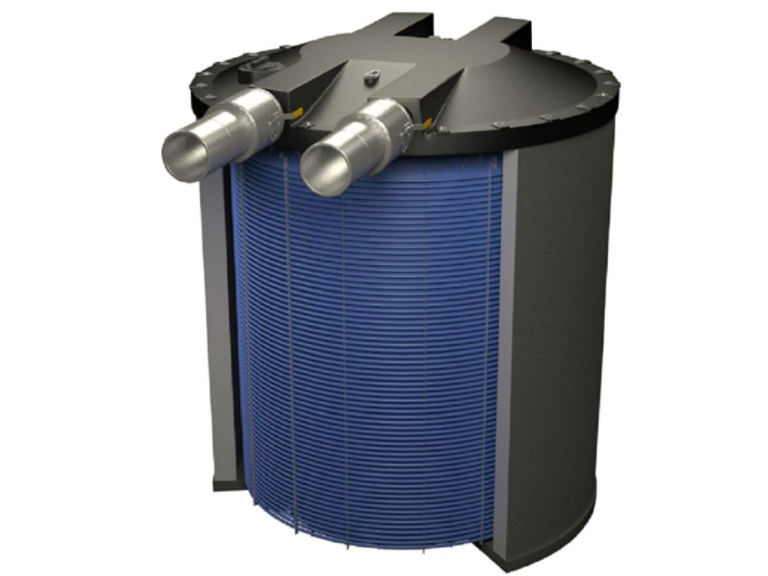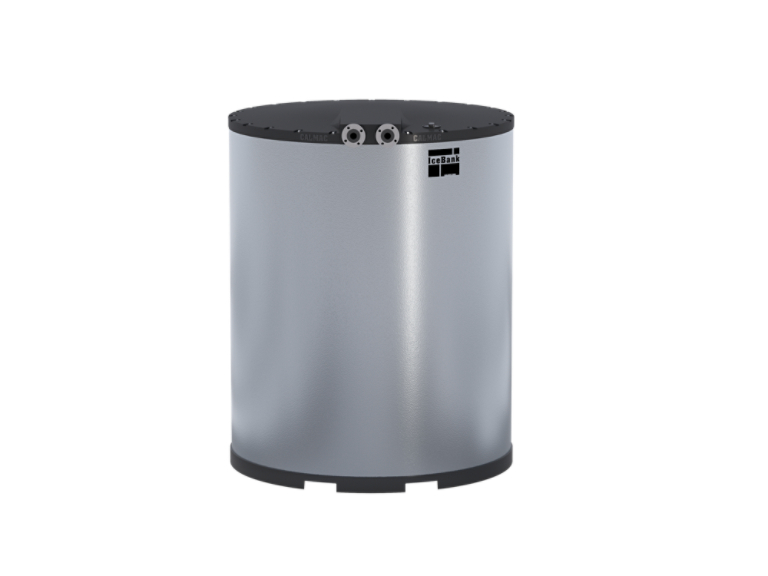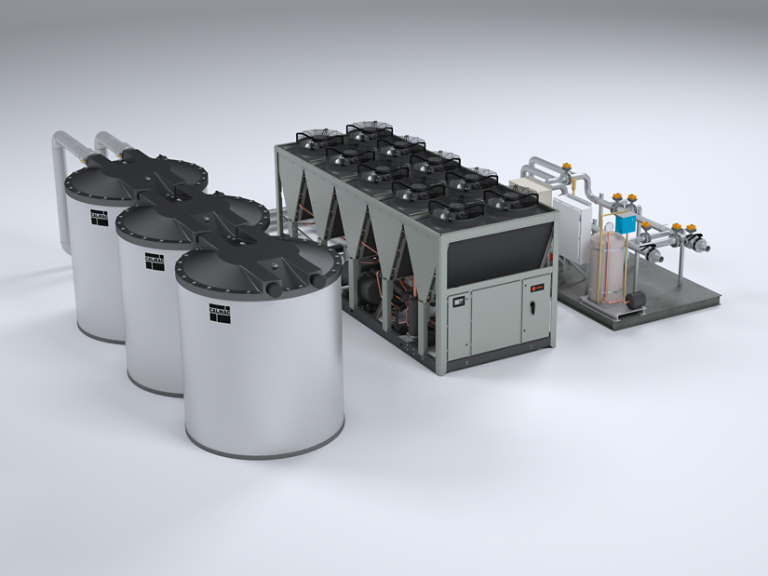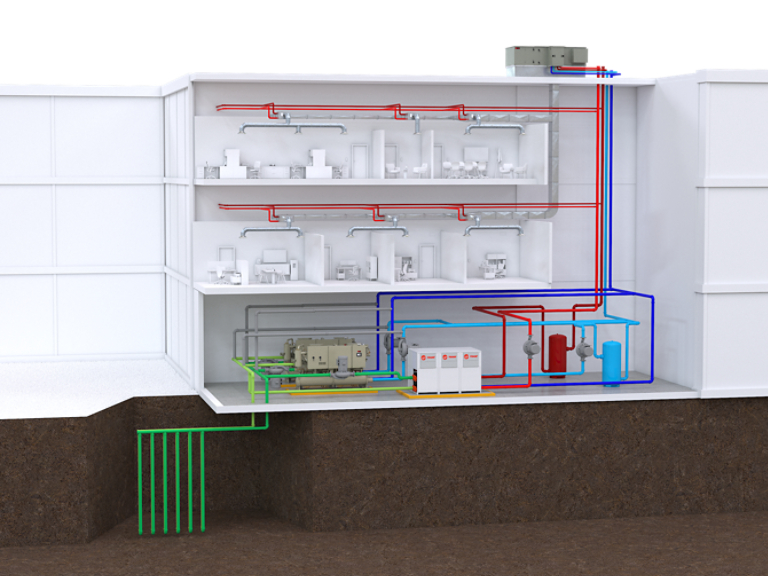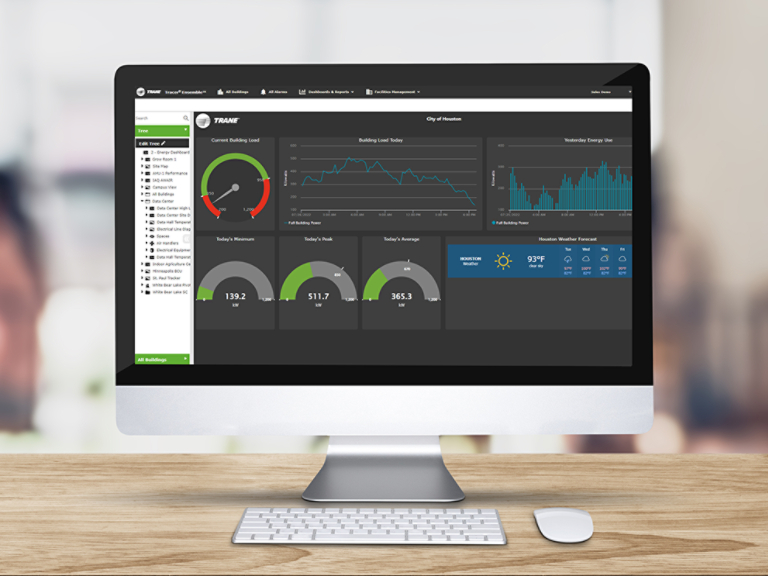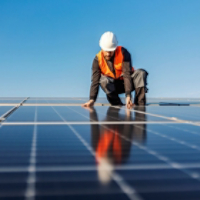Energy storage captures energy for later use, balancing building thermal loads building thermal loads and imbalances of utility grid electrical demand and production.
Energy storage comes in many forms including, i.e. chemical energy for electrical energy storage systems (BESS), mechanical gravitational energy for pumped hydro and thermal energy for cooling and heating buildings or processes.
Utility-scale energy storage may be utilized on the grid to support grid level functions. Distributed energy storage supports local building energy management.
Thermal energy storage (TES) is the most common type of energy storage utilized in commercial buildings. Thermal energy storage comes in the form of geothermal systems, chilled water systems, ice storage systems and storage-source heat pump systems.

